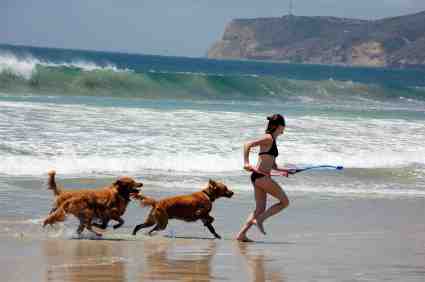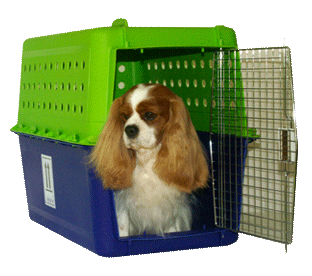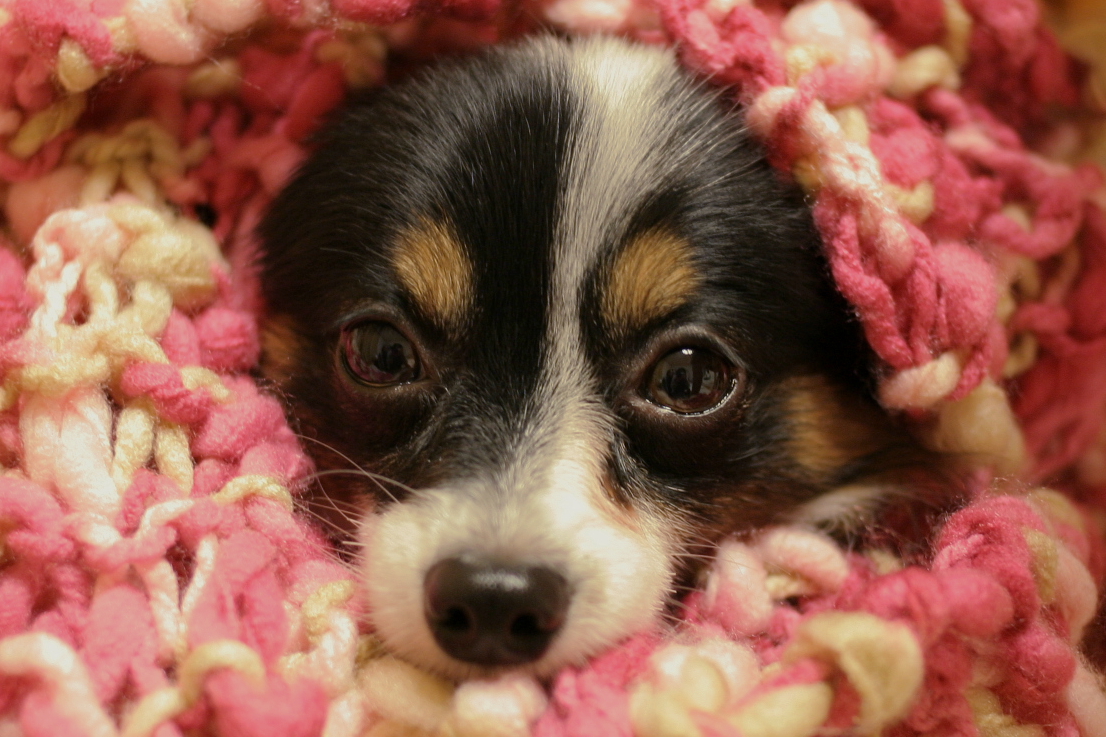I was super-busy with work. I neglected daily attention and physical checking on my wonderful German Shepherd dog. For two days, I noticed blood spots on the kitchen floor where he habitually slept. On the third day, I finally woke up and checked my dog over. He was bleeding from his penis! Distressed and feeling very guilty, I rushed him to my vet. The vet ran some tests and diagnosed an enlarged prostate that had constricted his blood vessels. Immediately, I approved surgery on his enlarged prostate, and so far, two years later, he's been fine.
He didn't whine, he didn't growl, he didn't shriek in pain to alert me to his medical problem. I have no way of knowing how much pain it caused him.
Since that horrible and very expensive incident, I've learned. These days, every day, I check him over head to toe for any signs of a medical problem. Everyone knows that early detection and a quick trip to their doctor can catch medical problems in themselves early, and give us a much better chance of nipping a problem in the bud.
Since that horrible and very expensive incident, I've learned. These days, every day, I check him over head to toe for any signs of a medical problem. Everyone knows that early detection and a quick trip to their doctor can catch medical problems in themselves early, and give us a much better chance of nipping a problem in the bud.
Because our pets are often stoic and silent about medical problems that are causing them pain, it's up to us to spend the time and effort to check them over each and every day to detect any cause of pain or signs of problems.
What should you daily check include?
1. Eyes: are the eyes clear and alert?
2. Fur: is it soft and silky? Is your pet grooming himself/herself thoroughly? Does you pet smell good? Failure to groom and keep its fur silky and clean is a critical sign that your pet has a medical problem. For cats, a daily or weekly gentle brushing can make all the difference. For dogs, daily brushing may be required to keep high-maintenance long-haired breeds looking their best, but even short hair dogs benefit greatly from brushing. Check with your local pet store and ask them what is the best style grooming brush for my breed?
3. Check the paws. Are they strong and healthy? Do they have cracks or fissures?
4. Check the nails. Are they short from sufficient exercise? Are they split? Split nails can be very painful. A nail clipping at your groomers can cost only $6 and take only 3 minutes. It's worth it to get their nails professionally clipped to stave off painful splits and breaks.







)



